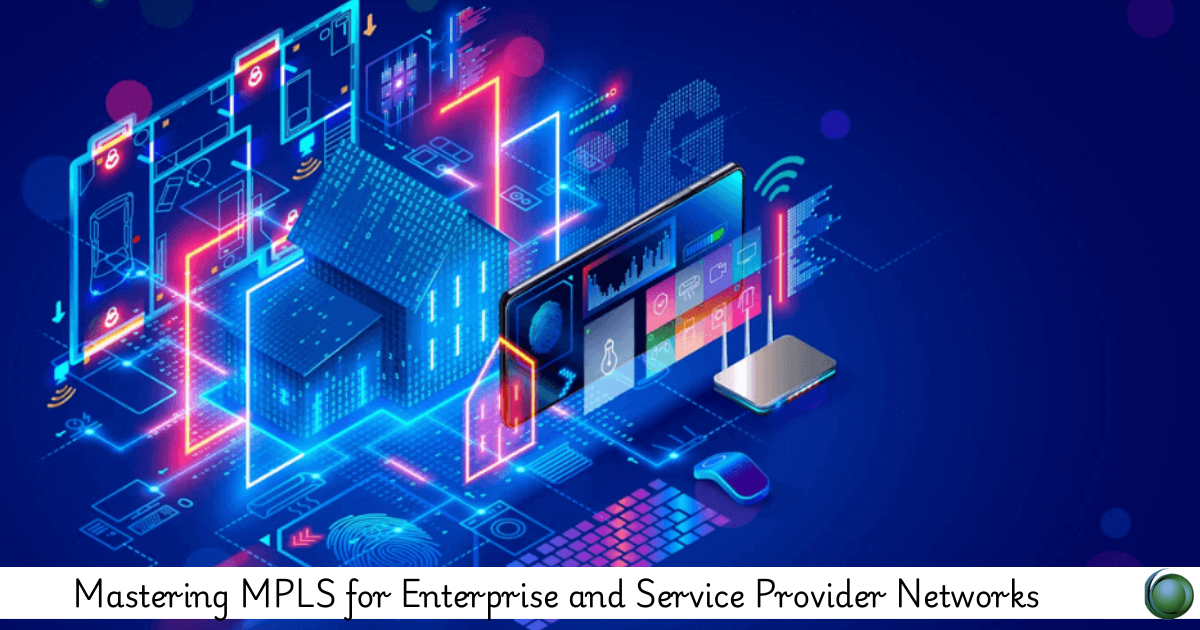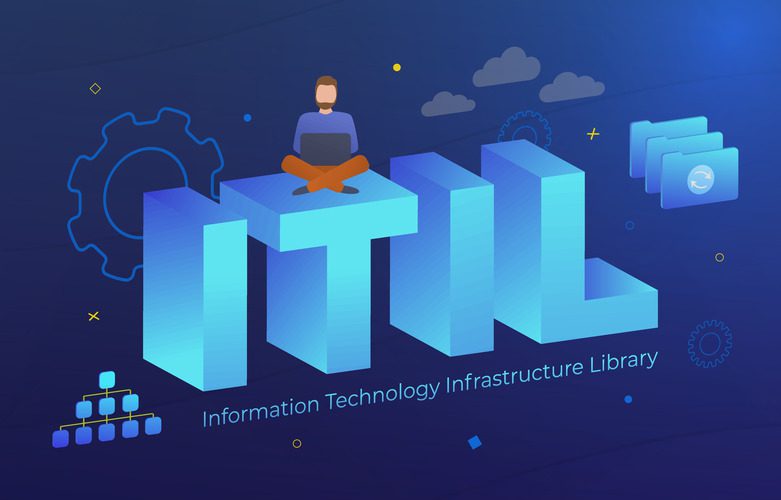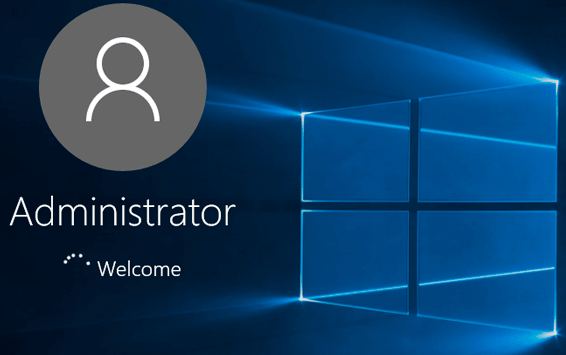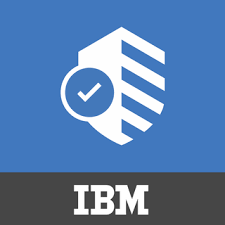Description
Introduction of MPLS for Enterprise
Multiprotocol Label Switching (MPLS) is a powerful and widely used technology for improving network performance, scalability, and security. It enables efficient traffic engineering, seamless VPN implementation, and enhanced Quality of Service (QoS) for enterprise and service provider networks. This MPLS for Enterprise course provides an in-depth understanding of MPLS architecture, configuration, and best practices to help network professionals design and manage robust MPLS-based infrastructures.
Prerequisites
- Basic knowledge of networking concepts (IP routing, subnetting, switching).
- Familiarity with routing protocols such as OSPF or BGP.
- Experience with enterprise or service provider networking environments is beneficial.
Table of Contents
1. Introduction to MPLS for Enterprise
1.1 What is MPLS and How It Works
1.2 Advantages of MPLS Over Traditional Routing
1.3 Common Use Cases in Enterprises and Service Providers
2. MPLS Architecture and Core Components
2.1 Label Switching and MPLS Header Structure
2.2 Label Edge Routers (LER) and Label Switching Routers (LSR)
2.3 MPLS Label Distribution Protocols (LDP, RSVP-TE)
3. MPLS Traffic Engineering and QoS
3.1 MPLS Traffic Engineering (MPLS-TE) Fundamentals
3.2 Path Selection, Resource Reservation, and Bandwidth Allocation
3.3 Implementing QoS for Traffic Prioritization
4. MPLS VPNs for Enterprises and ISPs
4.1 MPLS Layer 3 VPN (L3VPN) Architecture
4.2 MPLS Layer 2 VPN (L2VPN) and Virtual Private LAN Services (VPLS)
4.3 Security and Isolation in MPLS VPN Deployments
5. Advanced MPLS Features and Configurations
5.1 MPLS Fast Reroute (FRR) for High Availability
5.2 Inter-AS MPLS VPNs and Carrier Supporting Carrier (CSC)
5.3 MPLS and IPv6 Integration
6. MPLS and Software-Defined Networking (SDN)
6.1 MPLS in the SDN Era: Challenges and Opportunities
6.2 Segment Routing (SR-MPLS) for Simplified Traffic Engineering
6.3 Automation and Orchestration of MPLS Networks
7. Deploying and Managing MPLS Networks
7.1 MPLS Network Design Best Practices
7.2 Common Deployment Challenges and Solutions
7.3 Scaling MPLS Networks for Large Enterprises(Ref: Introduction to MPLS: Fundamentals and Architecture)
8. Troubleshooting MPLS Networks
8.1 Debugging MPLS Label Issues
8.2 Loop Prevention and Traffic Anomalies
8.3 Monitoring and Optimization Strategies
9. Future of MPLS in Networking
9.1 MPLS vs. Emerging Technologies (VXLAN, SD-WAN)
9.2 The Role of MPLS in 5G and Edge Computing
9.3 Evolving Trends in MPLS-Based Architectures
MPLS remains a critical technology for enterprise and service provider networks, offering superior scalability, security, and performance. As networking continues to evolve with SDN and automation, MPLS will integrate with next-generation solutions to ensure efficient and reliable connectivity. Mastering MPLS equips professionals with the skills to design, deploy, and manage high-performance networks.







Reviews
There are no reviews yet.